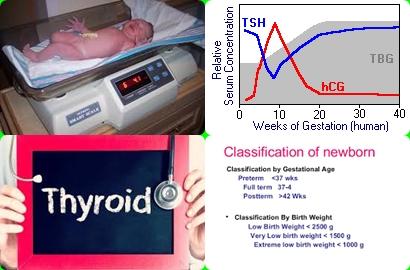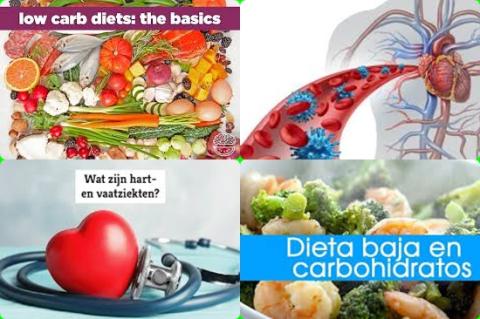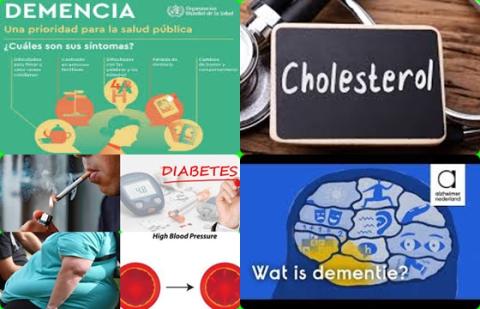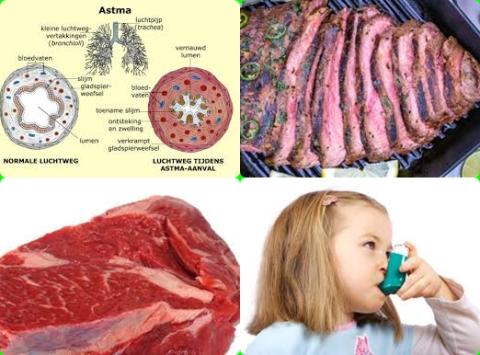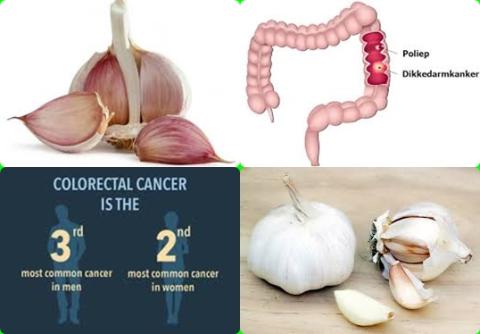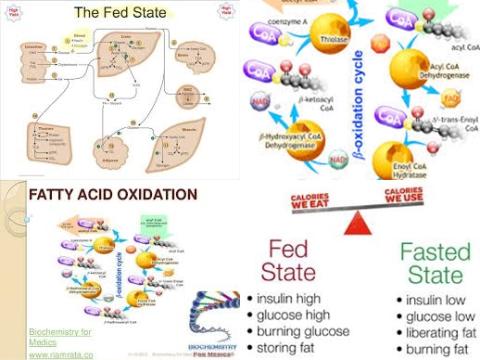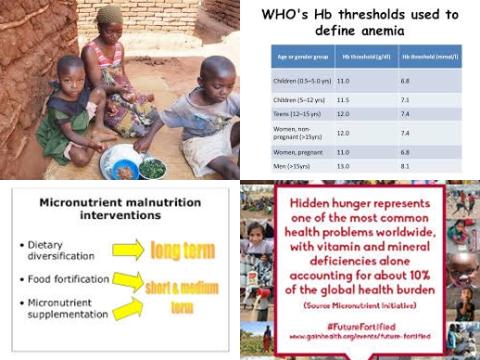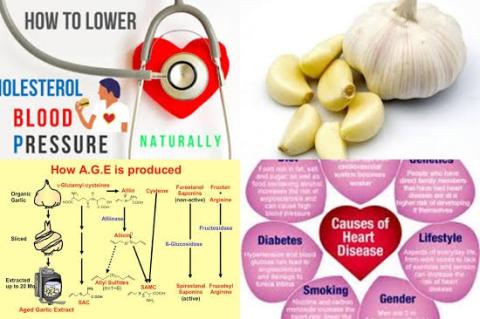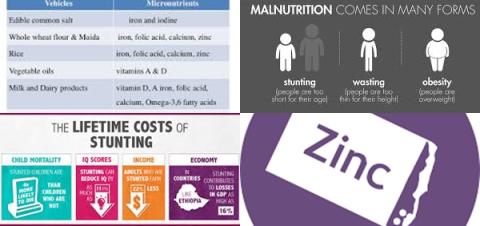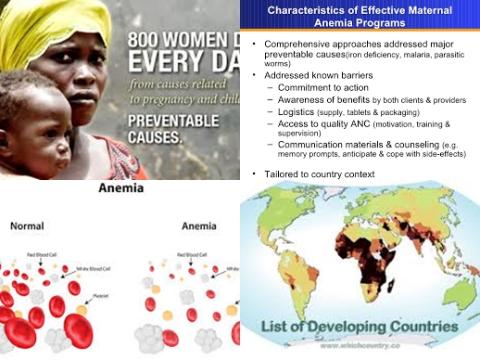Objectives:
Low-carbohydrate diets are associated with cardiovascular risk factors; however, the results of different studies are inconsistent. Therefore, this review article has been conducted.
Do low-carbohydrate diets (diets with less than 40 En% carbohydrates) reduce cardiovascular risk factors?
Study design:
This review article included 12 RCTs with a total of 820 in the observation group (intervention group or low carbohydrate group) and 820 in the control group. The largest sample size was 403 cases and the smallest was 42 cases. The patients’ ages ranged from 31 to 65 years old.
The intervention was a diet with less than 40 En% carbohydrates in the observation group and a diet with 45 En% to 55 En% carbohydrates in the control group.
Results and conclusions:
The investigators found compared with the control group, the triglyceride levels of the low-carbohydrate group (less than 40 En% carbohydrates) significantly decreased by 0.15 mmol/L [95% CI = -0.23 to -0.07, I2 = 75%, p = 0.001].
The results remained unchanged in the sensitivity analysis (after subtracting each of the included studies individually).
The results of the publication bias analysis showed that the funnel plot was not symmetric. The asymmetry of the funnel plot may have been caused by publication bias and other issues.
The investigators found in subgroup analyses, low-carbohydrate diet interventions lasting less than 6 months significantly decreased the triglyceride levels by 0.23 mmol/L [95% CI = -0.32 to -0.15] and those of 12-23 months decreased the levels by 0.17 mmol/L [95% CI = -0.32 to -0.01].
The investigators found compared with the control group, the plasma HDL-cholesterol level (good cholesterol) of the low-carbohydrate group significantly increased by 0.1 mmol/L [95% CI = 0.08 to 0.12, I2 = 41%, p = 0.02].
The results remained unchanged in the sensitivity analysis (after subtracting each of the included studies individually).
The investigators found in subgroup analyses, the increase in plasma HDL-cholesterol levels was 0.08 mmol/L [95% CI = 0.27 to 0.57] for interventions lasting less than 6 months, 0.12 mmol/L [95% CI = 0.09 to 0.15] for those lasting 6-11 months, 0.12 mmol/L [95% CI = 0.08 to 0.15] for those lasting 12-23 months and 0.08 mmol/L [95% CI = 0.04 to 0.12] for those lasting 24 months.
The investigators found compared with the control group, the serum total cholesterol level of the low-carbohydrate group significantly increased by 0.13 mmol/L [95% CI = 0.08 to 0.19].
The results remained unchanged in the sensitivity analysis (after subtracting each of the included studies individually).
The investigators found compared with the control group, the plasma LDL-cholesterol level (bad cholesterol) of the low-carbohydrate group significantly increased by 0.11 mmol/L [95% CI = 0.02 to 0.19, I2 = 71%, p = 0.0001].
The results remained unchanged in the sensitivity analysis (after subtracting each of the included studies individually).
The investigators found compared with the control group, the body weight of the low-carbohydrate group significantly decreased by 1.58 kg [95% CI = -1.58 to -0.75, I2 = 49%, p = 0.01].
The results remained unchanged in the sensitivity analysis (after subtracting each of the included studies individually).
The investigators found in subgroup analyses, the decrease in body weight was 1.14 kg [95% CI = -1.65 to -0.63] for interventions lasting less than 6 months and 1.73 kg [95% CI = -2.7 to -0.76] for those lasting 6-11 months.
The investigators found compared with the control group, the overall systolic blood pressure of the low-carbohydrate group significantly decreased by 1.41 mmHg [95% CI = -2.26 to -0.56, I2 = 0%, p = 0.84].
The results remained unchanged in the sensitivity analysis (after subtracting each of the included studies individually).
The investigators found in subgroup analyses, the overall systolic blood pressure significantly decreased by 2.97 mmHg [95% CI = -4.62 to -1.31] in the group that received interventions lasting less than 6 months.
The investigators found compared with the control group, the diastolic blood pressure of the low-carbohydrate group significantly decreased by 1.71 mmHg [95% CI = -2.36 to -1.06, I2 = 14%, p = 0.29].
The results remained unchanged in the sensitivity analysis (after subtracting each of the included studies individually).
The investigators found in subgroup analyses, the diastolic blood pressure significantly decreased by 2.76 mmHg [95% CI = -4.07 to -1.46] in the group that received interventions lasting less than 6 months and 2.11 mmHg [95% CI = -3.28 to -0.93] for those lasting 6-11 months.
The investigators concluded low-carbohydrate diets (diets less than 40 En% carbohydrates) have beneficial effects on cardiovascular risk factors at less than 6 months and 6-11 months, but after 2 years of a low-carbohydrate diet, there is no significant effect on cardiovascular risk factors.
Original title:
The effects of low-carbohydrate diets on cardiovascular risk factors: A meta-analysis by Dong T, Guo M, [...], Chen B.
Link:
https://journals.plos.org/plosone/article?id=10.1371/journal.pone.0225348
Additional information of El Mondo:
Find more information/studies on carbohydrate consumption and cardiovascular diseases right here.
40 En% carbohydrates means that the total amounts of carbohydrate make up for a 40% of the total kcal of the diet. The easiest way to follow this diet is to choose only meals/products that also contain 40 En% carbohydrates. These products in the supermarket contain 40 En% carbohydrates.
